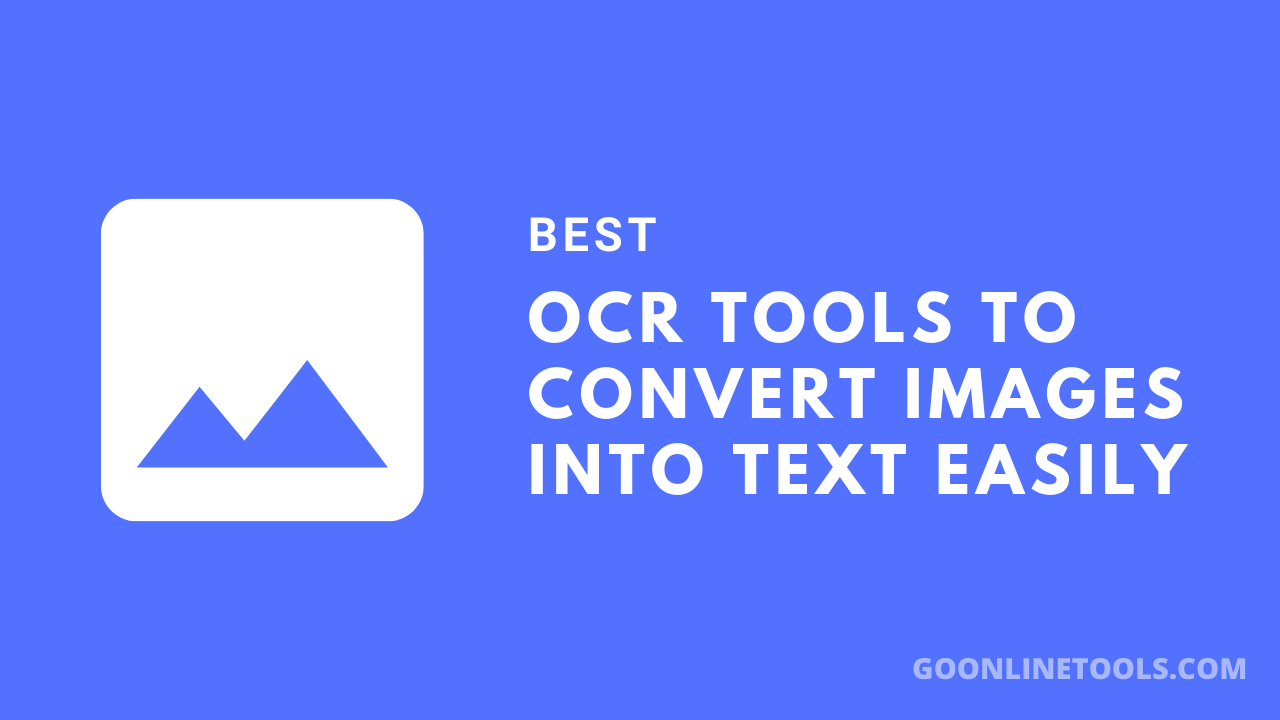
Featured image for "Benefits of Employee Training"
The most important company’s assets are its people, not its capitalization, money, or property. According to scholarly articles, such as Shung-Hsin Chen et al., employee satisfaction and competency contribute to the company’s success to the greatest extent.
That’s no wonder. Our brains are the most important thing in all our processes, as they generate ideas, send motivational signals, and store all our skills, knowledge, and concepts. Training the brain and maintaining it in the proper condition is crucial for ensuring one’s efficiency. And what can be better than a platform that enables you to do this for all the company’s employees? Learning management systems, such as CleverLMS, and YakTrak, create the virtual environment for educational course creation, storing all relevant information, and tracking the employee’s productivity.
Let’s see how your employees’ satisfaction and competency can be improved and why employee education is so crucial today.
Why it matters
That’s simple: as you see, people run the work processes and create ideas of how to improve them. Employee training enhances both: they become more proficient in their skills and can propose better improvements for your company.
While we are different, we all have ideas, interests, and desires. Our work expectations and preferences follow from them. So, when choosing the right educational approach, employee satisfaction rises as they obtain an opportunity to realize their desires, implement their ideas, and develop skills based on their interests.
The company develops in all perspectives: as a functionality and as a human community.
Creating an online course for your teams, choosing the right educational materials, and maintaining a fruitful and innovative environment can be tricky, so let’s list several important points for this.
- Evaluate your workflows and create a list of skills and work actions that are crucial for your workplace. They’ll become a basis for all your courses.
- A variety of materials is preferential here: video lectures, demonstrations, books, infographics, presentations, and quizzes will help employees learn and practice a subject from various perspectives.
- Choose the right LMS based on your needs and preferences, depending on which features you need, whether you need it to be mobile or desktop first, and how much customization is necessary.
The importance of training employees follows from the necessity to maintain your human capital competitive. Two of the most important points here that the management should track are employee satisfaction and competency. While the latter can be measured by the percentage of completed tasks and their deadlines, the former requires regular meetings and communications to evaluate it.
Education methods
Let’s overview several corporate education approaches that may be helpful in various situations.
- Classroom learning is a centralized and more traditional approach based on online and offline lectures and seminar lessons. While it may be abundant for regular use, it’s good for periodical qualification training.
- Blended learning combines online and offline learning: usually, most of the tasks are performed offline while all theoretical material and contacts with teachers are available online.
- Microlearning features short videos, book parts with specific instructions, infographics, and other easy-to-digest materials, so it’s very practice-oriented and good for regular usage at work.
- Role-play/simulation is based on practicing the actions you’ll perform at work with your mentors and colleagues.
- Remote team management is applicable for fully remote teams and requires robust time organization to ensure that all learners know what to do and when tasks should be completed.
The cost of training employees is an important variable to count. According to the Association of Talent Development (ATD), an international organization studying the world of corporate education, the average cost of employee training is more than $1250 per year per employee. To calculate the cost, there are several variables to count:
- the price of educational materials;
- the salary to mentors and teachers;
- the offline classroom rent, if applicable;
- the administrative expenses, such as equipment and supplies;
- the employee time, to evaluate compensations and benefits paid for learning time.
This way, you’ll see how much a corporate education will cost in your case.
Implementing the training: An LMS for corporate education
That’s good, but how to use it? You have several working teams, each member doing their own job and pursuing their goals. How to connect them together and make sure that they will actually improve their skills, and proficiency while becoming more satisfied?
Online employee training requires the learning management system (LMS), a platform that enables online course creation and connects all the company’s information together. A good platform requires several crucial features that follow from the benefits it should deliver.
Please note that various LMSs have various feature sets, depending on their purposes. CleverLMS, for example, doesn’t have all the advanced features mentioned here, as it focuses on delivering a personalized educational experience for companies. So, its approach is to remain simple while not losing any functionality.
Let’s overview these features!
- An LMS basic educational interface consists of a course builder and a learning journey. These are interactive learning panels where learners spend most of their time but also include a knowledge base and media library for educational file exchange.
- Motivation is especially important here to ensure that learners are involved in the process. Employee training software features to enhance it include reward systems, gamification options, and similar approaches to increase interactivity and competitiveness while adding some rewards.
- Project management tools include a task scheduler, event manager, time tracking, document management, and other similar features.
- Tracking features are admin tools that check how many tasks are completed and whether
- Communication options include message exchange and discussion forum for team members,
- Additional features may include generative AI for course generation, content library, onboarding tools, and various analytics tools.
Summary and conclusion
Employee training programs uplift the most important company’s assets: its people. It makes them more satisfied and efficient, so they utilize the most efficient work methods, use the latest technological advances, and are always connected with each other and their management. If they are unsure about what to do, they can clarify the issue in minutes. If they feel bad, they can communicate with the manager, receiving help and support.
As the technological progress continues with immense speed, those companies that harness its power will prosper, while others may left behind. Creating a striving innovational environment at work is the task for education managers. If successful, employees will always learn something connected with their profession, increasing their competency.
The Editorial Team at GoOnlineTools.com specializes in delivering cutting-edge information on technology.
View all articles




